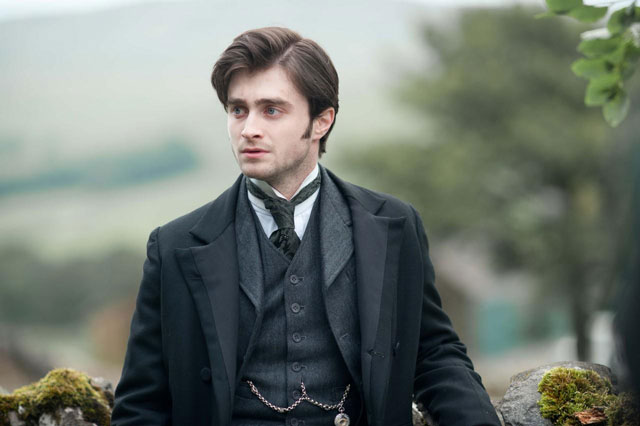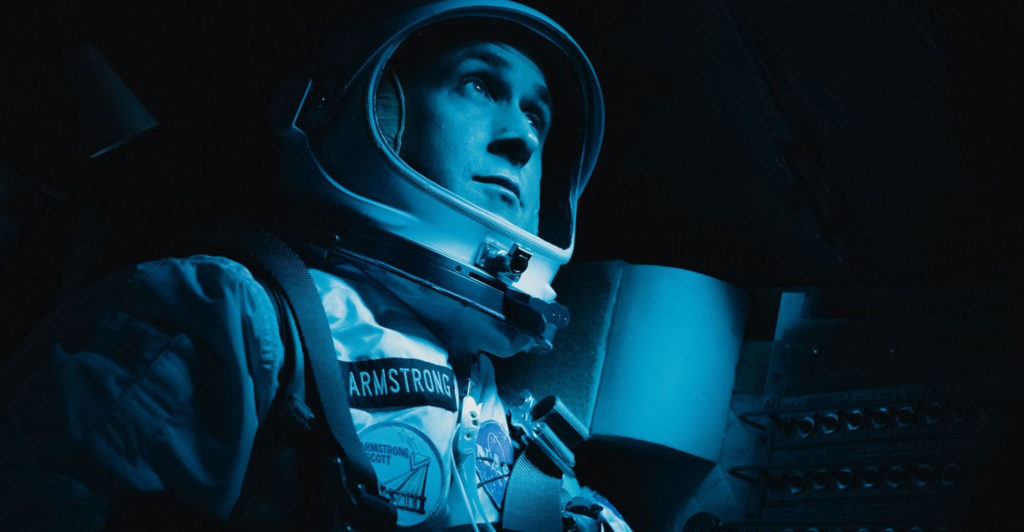The Woman in Black, an Edwardian period horror film starring Daniel Radcliffe, is so thick with foggy atmosphere that you almost miss the faint whiff of the ridiculous in the air. This is a film that considers no haunted house cliché too threadbare to use, but that manages to be chilling despite the familiarity of its tropes.
The Woman in Black forms part of the ongoing revival of Hammer Films — the British studio that once dominated the genre with its Hammer House of Horror movies. It’s a good, old-fashioned ghost story that is light on gore and long on suspense. Though not of the same quality as, say, The Devil’s Backbone, The Others or A Tale of Two Sisters, it will please anyone looking for something similar.
The film is based on Susan Hill’s beloved 1983 novel of the same name, which was adapted into a play in 1989 that still runs on London’s West End. In his first major role since Harry Potter, Radcliffe takes the part of Arthur Kipps, a London solicitor widowed during the birth of his son.
The grieving young father’s law firm dispatches him to a remote part of England to find the paperwork needed to wind up an estate, with the threat that he will lose his job if he doesn’t succeed in his task. When he starts picking through the piles of documents at the abandoned manor, Eel Marsh House, Kipps sees the spectre of a woman dressed in black and tragic events start to unfold in the nearby village.
Screenwriter Jane Goldman and director James Watkins bring a fresh take to the source material that departs from the plot of both the novel and the play in a number of ways. But it’s not really the story or characterisation that lifts The Woman in Black above mediocrity, but the gloominess of its musty interiors and vaporous marshes.
The simple special effects, the period detail — most of the props are authentic period antiques — and Tim Maurice-Jones’s cinematography are always convincing, even when the machinations of the plot and the behaviour of the characters are not. A cobwebbed mansion becomes a sinister otherworld populated by menacing automata monkeys, creepy porcelain dolls, and chairs that rock themselves. Wraiths seem to swirl in the mists of the Essex landscapes where much of the film was shot.

Watkins, director of the nastily effective Brit horror film Eden Lake, resorts to nearly every old trick in the horror director’s bag to get scares from the audience. Dogs yapping at open air; spectral faces appearing in misted-up windows; small animals bolting out of hiding places as suspenseful music builds — they’re all there and treated with the utmost seriousness. Yet the world Watkins creates is so believable that one buys into the clichés.
You’ll be forgiven if you don’t notice how quite silly the film is beneath its oppressive atmosphere, even if its earnestness might prompt the occasional rolling of the eyes. There is certainly a lot about it that doesn’t make sense. Kipps barely seems to notice the hostility with which the surly, superstitious townspeople treat him when he first arrives in town. Then he mopes around dourly, unable to comprehend things the audience worked out ages ago.
Radcliffe obviously saw The Woman in Black as an opportunity to break decisively with Harry Potter and position himself as a grown-up actor. It’s an oddly interior-focused role for the former child actor to choose to show off his acting skills, and one that he pulls off with mixed success.
Though he hints at the tangled ball of torments and anxieties below Kipps’s placid bearing, there’s no breakthrough moment where he brings them to surface. Still, he just about holds his own with British acting veterans Ciaran Hinds and Janet McTeer. He may be the rare former child star to make a successful transition to adult roles. — (c) 2012 NewsCentral Media
- The Woman in Black opens in SA on 20 July




